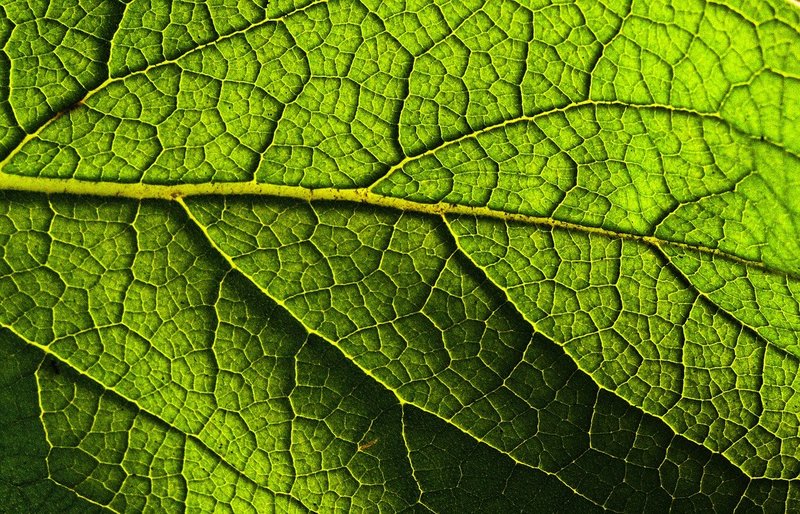Leaves, the primary organs of photosynthesis in plants, come in a staggering variety of shapes and sizes. Leaf shape is not merely a product of aesthetic diversity; it plays a crucial role in a plant’s survival and success.

Conifers, a group of gymnosperms that includes pines, spruces, and firs, are renowned for their needle-like leaves. The slender, elongated shape of conifer needles serves multiple purposes. First and foremost, it reduces the surface area exposed to the elements. This adaptation is crucial in cold and dry environments where excessive water loss through transpiration can be detrimental. Additionally, the reduced surface area minimizes the impact of heavy snow accumulation, helping conifers endure harsh winter conditions.
Furthermore, the pointed and waxy surface of conifer needles acts as a deterrent to herbivores. The narrow shape and the presence of chemical compounds, such as resins, make conifer leaves less palatable and harder to consume for many herbivorous insects and animals. Thus, the specific shape of conifer needles contributes significantly to the survival of these plants in their native habitats.

Dicots, a diverse group of angiosperms, exhibit a wide range of leaf shapes. Unlike conifers, dicots have broad, flat leaves with intricate venation patterns. The variety of dicot leaf shapes can be attributed to their adaptation to different ecological niches and functions. For instance, the large, broad leaves of deciduous trees maximize their ability to capture sunlight for photosynthesis during the growing season. The greater surface area allows for more efficient light absorption, making them well-suited for sun-loving plants.
On the other hand, some dicot species have evolved specialized leaf shapes for specific ecological niches. Water lilies, for example, have round, floating leaves that enable them to photosynthesize efficiently while afloat in ponds and lakes, where they can access sunlight without being fully submerged.

Leaf shape also plays a crucial role in how plants adapt to different light conditions, such as shade and full sunlight. Shade plants, which grow in understory environments with limited access to direct sunlight, often have larger and thinner leaves. These characteristics allow them to capture and utilize the limited light available more effectively.
In contrast, sun plants, which thrive in open areas with ample sunlight, tend to have smaller, thicker leaves. Smaller leaves reduce the risk of excessive water loss in hot and sunny conditions, while thicker leaves can withstand higher light intensities without sustaining damage from excessive radiation.

Leaf shape is not a mere ornamentation in the plant kingdom; it is a product of evolution and adaptation to various environmental factors. Conifers and dicots exemplify how leaf shape can be tailored to specific needs and challenges, whether it’s the needle-like leaves of conifers for harsh climates or the diverse leaf shapes of dicots for various ecological niches. Moreover, leaf shape plays a vital role in how plants respond to varying light conditions, ensuring their survival and reproduction in diverse habitats. Understanding the importance of leaf shape enriches our appreciation of the intricate and ingenious strategies that plants employ to thrive in their environments.
